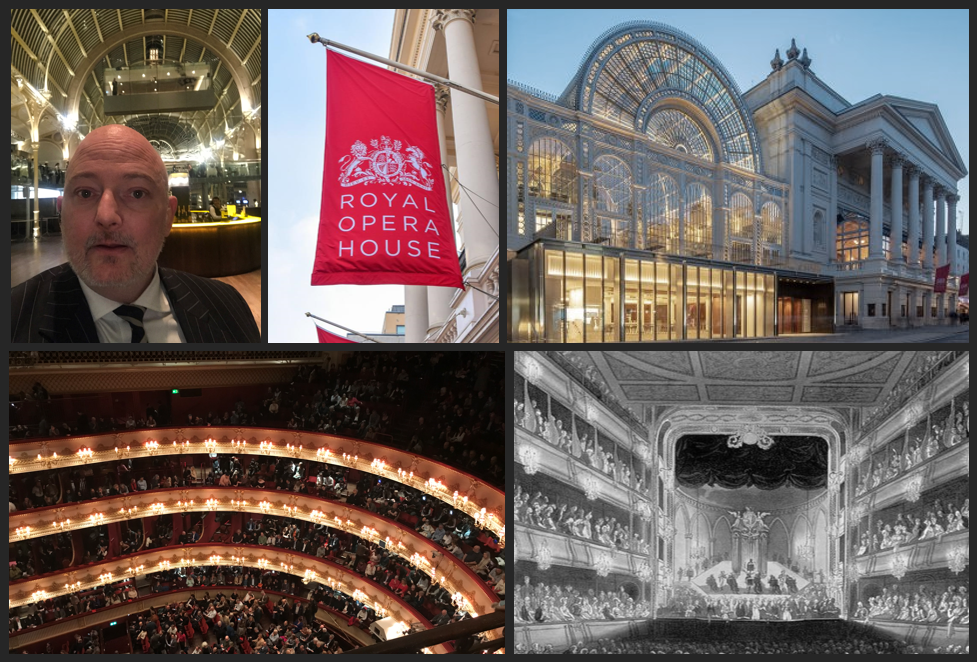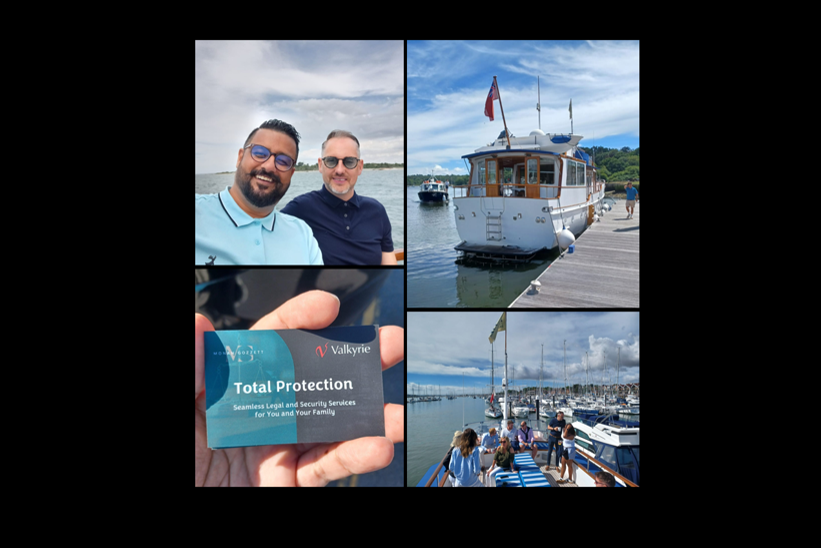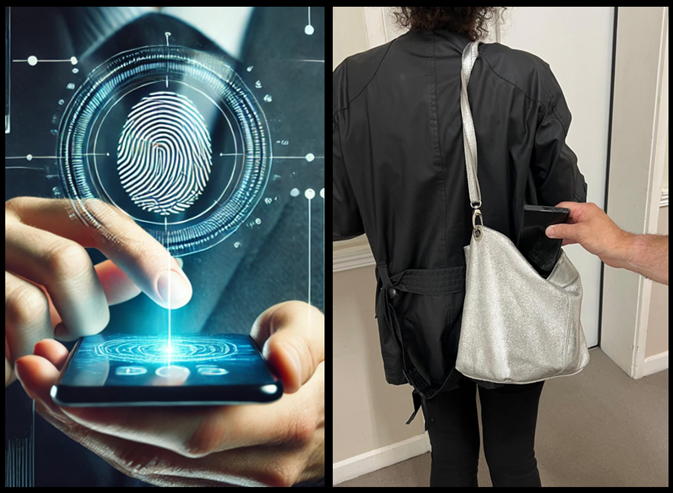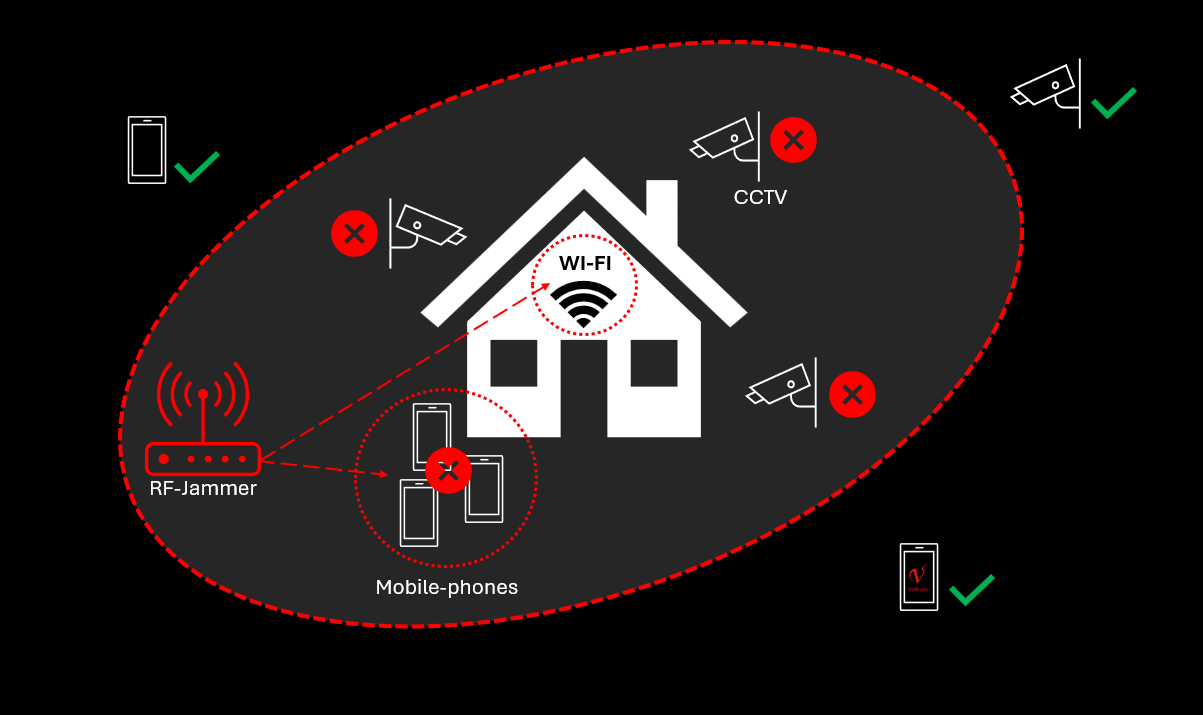 Last week, I accompanied a client to the Royal Opera House (ROH) in Covent Garden. There, we saw Mozart’s opera of The Magic Flute.
Last week, I accompanied a client to the Royal Opera House (ROH) in Covent Garden. There, we saw Mozart’s opera of The Magic Flute.
The 1st theatre on the site, the Theatre Royal (1732), served primarily as a playhouse for the 1st hundred years of its history. In 1734, the first ballet was presented. The current building is the 3rd theatre on the site and was designed by Edward Middleton Barry, following disastrous fires in 1808 & 1856 to the previous buildings. The façade, foyer, and auditorium date from 1858, but almost every other element of the present complex dates from an extensive reconstruction in the 1990s.
During WW1, the theatre was requisitioned by the Ministry of Works for use as a furniture repository. During WW2, the building was used as a dance hall. After the war, the idea of public subsidy of the arts was accepted and a decision made to establish the ROH as the permanent year-round home of the opera and ballet companies now known as The Royal Opera and The Royal Ballet.
The opera house is not actually that big, the auditorium seats 2,256 people and only ranks 6th place in the list of London’s largest theatres. However, you’re guaranteed a top view of events. The building has the Royal Ballet School next door, accessed via the ‘Bridge of Aspiration.’
Always with my security head on, I noticed how professional, attentive, but discreet the security staff were. The main entrance to the opera house is relatively new and adjacent to the old entrance in Bow Street (coincidentally, where the first police force was name – the Bow Street Runners). If needed you can drive up to the main entrance, once dropped off it is only a few paces into the opera house.
If you do visit, you must have a drink in the Paul Hamlyn Hall, which is an impressive iron and glass structure.













